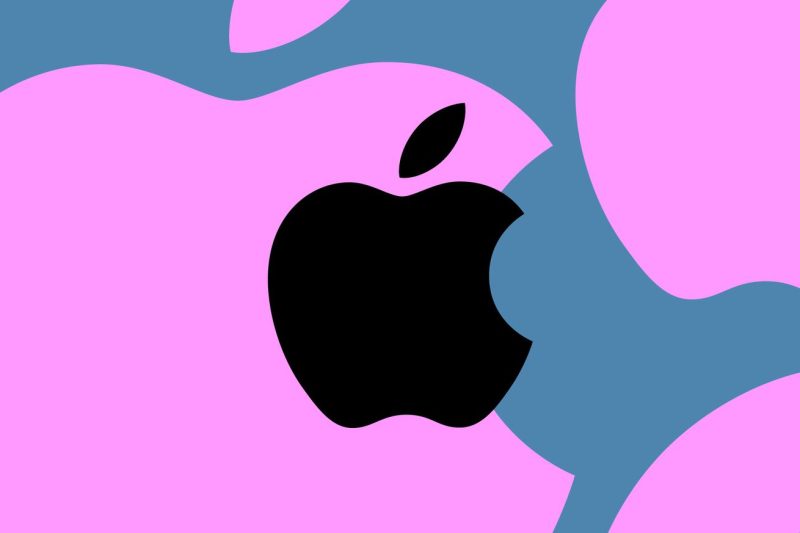**Apple’s Shift to In-House Wi-Fi Chips for iPhone 17**
The tech world is abuzz with the latest news surrounding Apple’s iPhone 17. According to recent reports, Apple might be throwing a curveball by introducing its own Wi-Fi chips in the upcoming model, replacing the currently used Qualcomm components. This strategic move by Apple raises numerous questions about the potential implications it could have on the iPhone 17 and the overall tech industry.
**Impact on Performance and Efficiency**
One of the primary reasons behind Apple’s rumored shift to in-house Wi-Fi chips is to enhance the overall performance and efficiency of the iPhone 17. By developing their own chips, Apple can optimize them to specifically suit the requirements of their devices. This level of customization could potentially result in faster internet speeds, improved connectivity, and better power management, ultimately offering users a superior experience.
**Reduced Dependence on Third-Party Suppliers**
Another significant implication of Apple’s decision to use its own Wi-Fi chips is the reduced dependence on third-party suppliers, such as Qualcomm. This move aligns with Apple’s broader strategy of vertical integration, where the company seeks to bring more components of its products in-house. By developing and utilizing their own chips, Apple can maintain more control over the production process, reduce costs, and increase profitability in the long run.
**Challenges and Competition**
While the shift to in-house Wi-Fi chips holds promise, Apple is likely to face challenges along the way. Developing and fine-tuning these chips to meet Apple’s high standards will require significant investment in research and development. Additionally, Apple will need to ensure that their chips comply with industry standards and regulations to avoid any compatibility issues.
Moreover, Apple’s move could potentially disrupt the existing market dynamics and intensify competition with established chip manufacturers like Qualcomm and Broadcom. It remains to be seen how these companies will respond to Apple’s incursion into their territory and whether they will alter their strategies to maintain a competitive edge.
**User Experience and Innovation**
Ultimately, the transition to Apple’s own Wi-Fi chips in the iPhone 17 signifies the company’s commitment to enhancing the user experience and driving innovation in the smartphone industry. By controlling more components of their devices, Apple can push the boundaries of what is technologically possible and differentiate themselves from competitors.
As the anticipation builds for the release of the iPhone 17, all eyes are on Apple to see how their in-house Wi-Fi chips will shape the future of the smartphone market. While challenges lie ahead, the potential benefits for users and the company’s bottom line make this strategic shift a promising development in Apple’s ongoing quest for technological excellence.




























